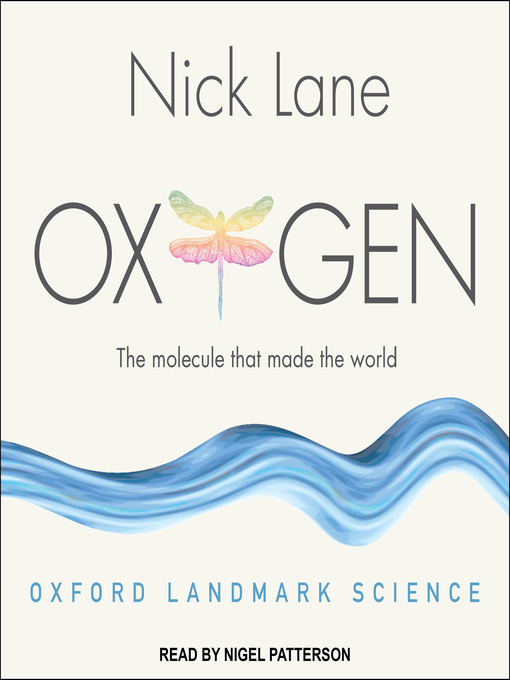- English
- 中文(简体)
The strange and profound effects that oxygen has had on the evolution of life pose a riddle, which this book sets out to answer. Oxygen is a toxic gas. Divers breathing pure oxygen at depth suffer from convulsions and lung injury. Fruit flies raised at twice normal atmospheric levels of oxygen live half as long as their siblings. Reactive forms of oxygen, known as free radicals, are thought to cause aging in people. Yet if
atmospheric oxygen reached thirty-five percent in the Carboniferous, why did it promote exuberant growth, instead of rapid aging and death?
Oxygen takes the listener on an enthralling journey, as gripping as a thriller, as it unravels the unexpected ways in which oxygen spurred the evolution of life and death.


